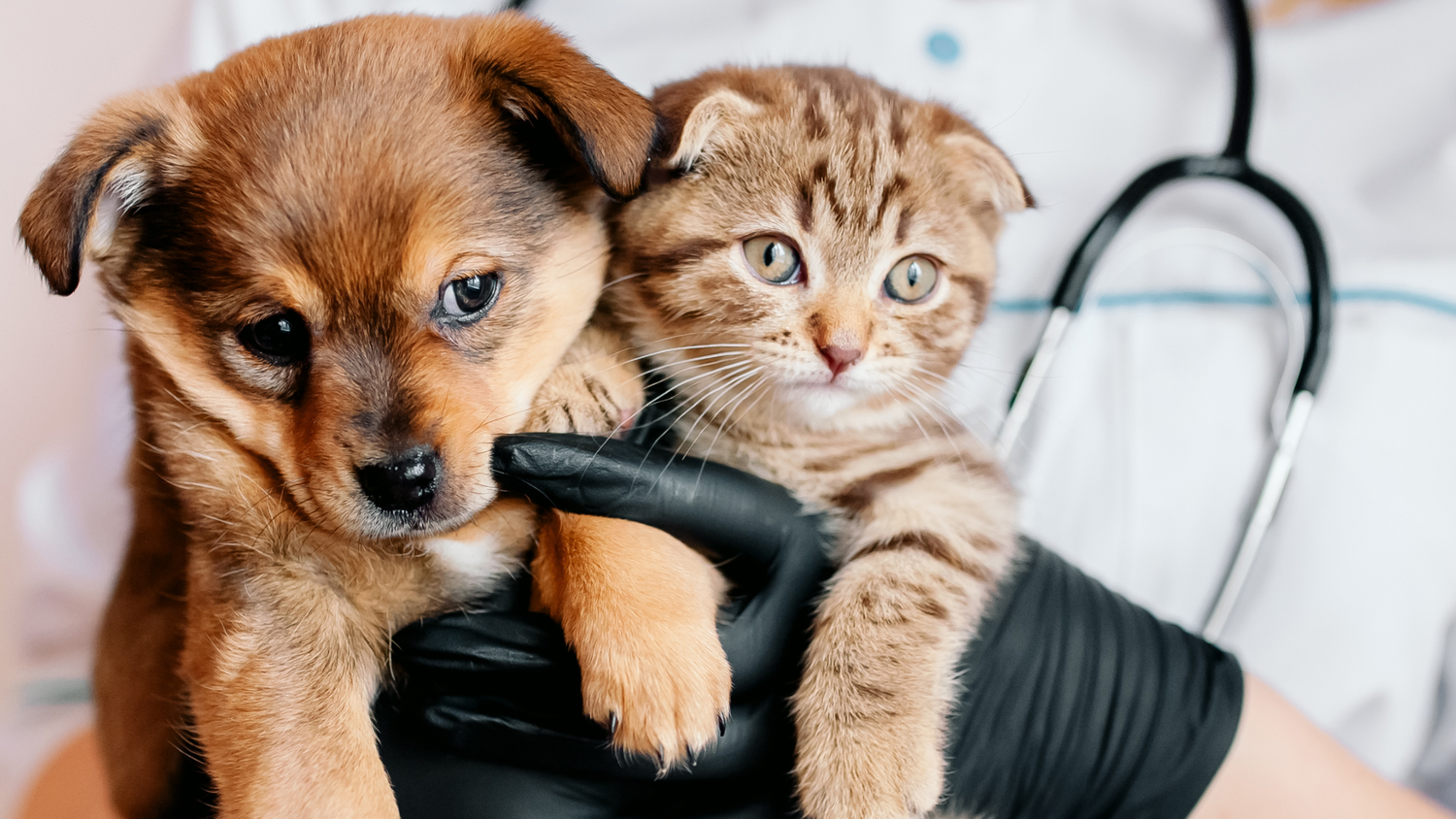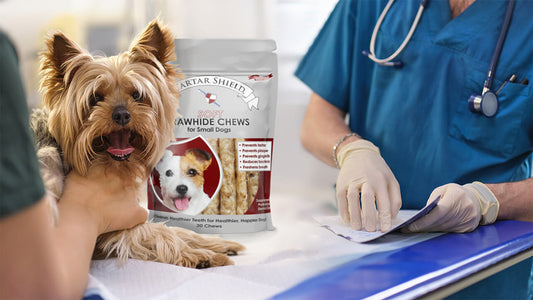Bringing home a new dog or cat? Congratulations! Adding a new pet to your home is an exciting time, and no doubt requires a lot of preparation. You’ve likely bought food, bowls, toys, and a comfy bed for your new family member. But don’t forget to call the vet! Within a few days of bringing your new dog or cat home, you’ll want to make your way to the vet's office for a complete checkup to ensure a healthy start. Read on for what to expect at that first vet visit.
At what age should a pet have its first vet visit?
When you get a new puppy or dog, it's important to have them seen by a vet as soon as possible. Dog owners should plan for their puppy's first vet visit to be between 8 and 12 weeks of age. Cat owners should also take their cat to the vet for their first checkup soon after adoption. The timing of the visit can depend on the age of the cat, but it is generally recommended that a veterinarian see cats within two weeks of adoption. Regardless of what type of pet you have, taking them to the vet early is essential in order to ensure they are healthy and happy.
What should I bring to the first vet appointment?
Be prepared for your pet’s first vet visit by packing:
A travel crate or carrier.
The safest way to bring your new pet to the vet is in a carrier where they feel secure and can be kept away from other animals. A carrier also protects young kittens and puppies, which have immature immune systems, by keeping them off the ground where sick animals might have been. If your new pet is too big for a travel crate, use a secure harness and leash.
Medical records.
Whether you adopted your pet from a breeder or shelter, you’ve likely been given paperwork detailing any veterinary care, vaccinations, and deworming done by the previous caregiver. Bring it all so your vet knows what is needed at this visit.
Information about your pet’s current food.
Make sure you know what brand of food your dog or cat is currently eating, and how much, so your vet can evaluate your pet’s nutrition and make recommendations as needed.
A stool sample.
Your vet will most likely ask for a stool sample to check for intestinal parasites. Save yourself an extra trip to the vet office by bringing a fresh sample in a sealed plastic bag.
What happens at the visit?
At your dog or cat’s first visit, the vet will check your pet’s weight and vital signs, and perform a complete physical exam. This includes a careful inspection of your pet’s eyes, ears, nose, skin, coat, and teeth and gums. Your vet will feel your pet’s abdomen to check for any abnormalities, listen to their heart and lungs, and examine their joints and reflexes.
Your vet will also likely begin the first round of vaccines in a new puppy or kitten, or pick up where a previous caregiver left off if your pet has already had some vaccinations. Your pet may also need to be dewormed; puppies and kittens are often born with worms, and regular deworming early on is an important part of their care. Depending on the age and breed of your pet, your veterinarian may also want to take a blood sample.
Your vet should also discuss preventive care and what medications are recommended, such as for heartworm, fleas, and ticks. It’s important to discuss oral hygiene and dental care too, and if you adopted an older dog or cat, your vet may recommend a professional teeth cleaning.
Finally, you and your vet will likely discuss your new pet’s overall wellbeing and any behavioral or training concerns you may have. Your veterinarian will want to know how your new pet is settling in with other family members, both human and four-legged. You may also be asked about bathroom habits, potty training, and sleeping arrangements. This is the chance for you to ask questions, too!
What should you ask a vet during the first visit?
It’s a great idea to bring a list of questions to your first appointment to make the most of your face time with the vet and give you the chance to address any concerns. Here are some questions to get you started.
- How much should my pet be eating, and what should I do if they won’t eat?
- What types of teething toys are best for my pet, and are there any I should avoid?
- What kind of exercise, and how much, is appropriate?
- When and how should I change my pet’s food?
- When should my pet be spayed or neutered?
- How can I have my pet microchipped?
- What are the best ways to socialize my new pet?
- How can I get my pet to start or stop a certain behavior?
- What are my pet’s grooming needs?
- How do I start an at-home dental care routine?
- What is my pet’s vaccination schedule, and do you recommend any non-core vaccines?
- What expenses should I expect, and what pet insurance do you recommend?
- Where can I take my pet for 24-hour care in the case of an emergency?
By having your new dog or cat checked out right away, and involving your vet in your pet’s care from the very beginning, you’re setting them for a healthy start. Remember that oral hygiene is essential for a healthy start too! Learn to brush your new pet’s teeth now, and look to Tartar Shield Pet Products for dog biscuits and chews, cat treats, and food toppers and water additives clinically proven to clean teeth, freshen breath, and help prevent dental disease down the line.



